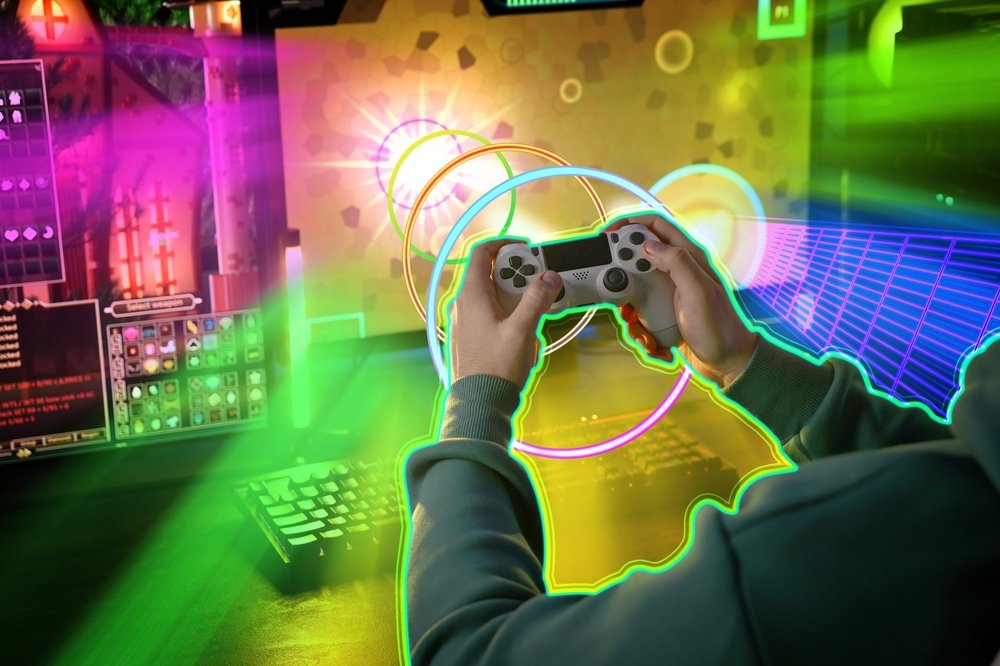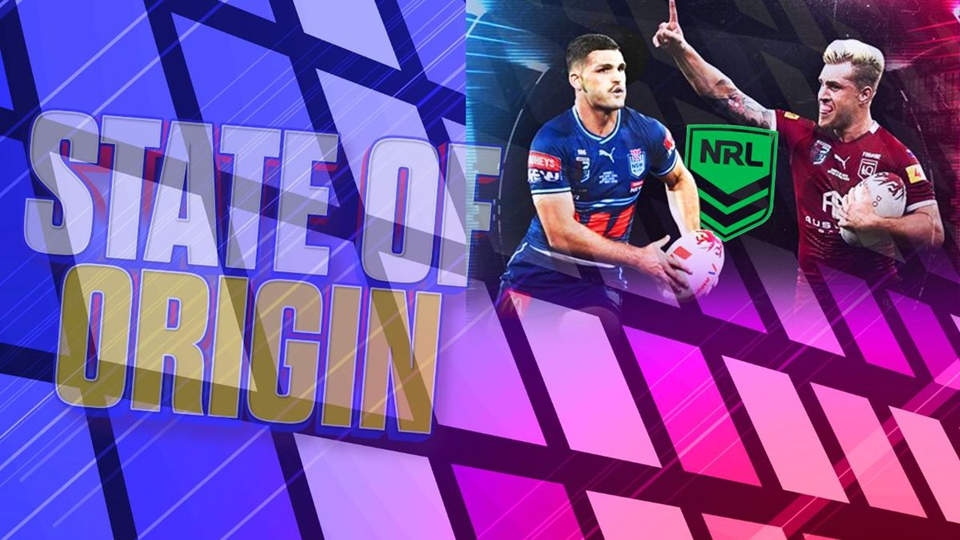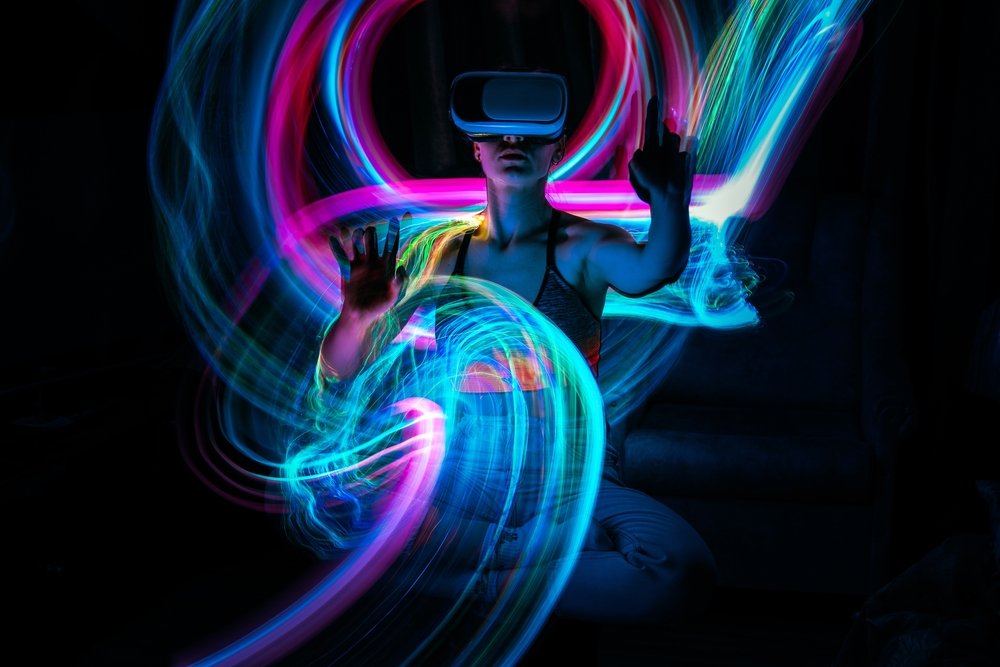What Is Harmonicode and Why It Matters in the Gaming Industry
Harmonicode sounds like one among the crowd in the ever-crowded games ecosystem. However, it isn’t just the brand; it is a paradigm shift about how games will be developed, experienced, and connected with music and code-based interactions. Incorporating new technologies and immersive storytelling through adaptive gameplay mechanics, Harmonicode video games have developed a very special niche that wants creative and controllable play for both developer and gamer.
While coding will endorse disfigured logical structures, music will deflate them with elegance in rhythmic resonance. The resulting process creates an interactive game that responds in real time and processes evolution. This is a platform wherein code will no longer be seen as a back-end tool but as a vital aspect of gameplay. This became popular with indie developers, educators, and game designers out to create experience-laden and immersive environments for learning purposes.
The Core Features That Define Harmonicode Video Games
1. Code-Driven Gameplay Mechanics
- Harmonicode games are developed with an open approach to player interaction, allowing users to modify and manipulate in-game events through actual code. Those games also come with built-in coding environments; hence, users can write scripts to directly influence game physics, behaviour, and aesthetics.
In particular:
- Real-time scripting environments
- Interactive debugging tools
- Modifiable game logic by Python, JavaScript, or Lua
- Dynamic, event-triggered responses to player code
2. Music-Based Game Design
Harmonicode doesn’t stop at code—it integrates music theory and rhythm mechanics into the gameplay loop. Players interact with game worlds that respond to musical inputs such as tempo, beat, and key signature, making music a functional and aesthetic component of the experience.
Example Games:
- Puzzle-platformers where levels transform based on musical keys
- Rhythm battles are controlled through harmonic sequences.
- Sandbox environments where melodies affect physics
3. Educational Value
One of the most compelling features of Harmonicode games is their ability to teach complex concepts through play. These games are increasingly used in classrooms to introduce students to programming and music theory in a fun and engaging way.
Educational Benefits:
- Intuitive coding tutorials embedded in gameplay
- Gamified learning modules
- Encourages computational thinking and musical creativity
- Ideal for STEM and STEAM curriculums
Top Harmonicode Video Games You Should Try Today
1. Code Beats
A pioneering title in the Harmonicode arena, Code Beats lets players construct entire game levels by writing lines of code while syncing gameplay events to real-time music. Its modular structure makes it perfect for both beginners and advanced coders.
2. SynthHack
SynthHack offers a cyberpunk-themed coding experience where players must solve challenges using Python to unlock levels. The twist? Every solution alters the game’s soundtrack, making your code not only functional but also musical.
3. HarmoniCode Studio
A fully-fledged development environment disguised as a game, HarmoniCode Studio lets users design their games using a blend of JavaScript and MIDI inputs. This platform encourages creativity, collaboration, and real-world coding applications.
Why Harmonicode Games Are the Future of Interactive Learning and Entertainment
As the gaming industry continues to evolve, the intersection of code and creativity becomes increasingly relevant. Harmonicode video games represent the next step in interactive design—offering players the chance to create, control, and learn within immersive digital environments.
The Advantages Are Clear:
- Encourages logical reasoning and artistic expression
- Opens up game development to a broader audience
- Cultivates a deep understanding of both music and code
- Ideal for use in schools, coding boot camps, and online learning platforms
How Developers Are Using Harmonicode to Innovate
Developers are leveraging Harmonicode principles to create highly personalised, modular gaming experiences. Open-source platforms, collaborative coding environments, and AI-assisted composition tools are now frequently being integrated into game development workflows.
Notable Trends:
- Open-source repositories for user-generated content
- AI integration for adaptive soundscapes
- Customizable APIS for educational institutions
- Real-time collaborative coding in multiplayer scenarios
Communities and Resources Supporting Harmonicode Game Development
The rise of Harmonicode has also spurred a vibrant community of developers, educators, and hobbyists. Numerous forums, online courses, and YouTube channels now focus specifically on the intersection of music and code in gaming.
Where to Learn More:
- GitHub communities with shared Harmonicode projects
- Reddit subs like r/GameDev and r/LearnProgramming
- Discord servers dedicated to music-coding games
- MOOC platforms offering specialised courses in creative coding
Final Thoughts: The Ever-Growing Influence of Harmonicode Video Games
Harmonicode video games stand at the crossroads of innovation, education, and entertainment. By merging two seemingly disparate disciplines—music and programming—these games are redefining what it means to play and create. As more developers and educators embrace this format, we can expect a surge in content that is not only interactive and fun but also profoundly educational and empowering.
Whether you’re a gamer, a coder, a musician, or a teacher, there’s something in the Harmonicode universe for you. As the boundaries between playing, learning, and creating continue to blur, the future of gaming looks increasingly harmonic.
Also Read: TheHakeGamer – The Ultimate Gaming Hub for Enthusiasts



